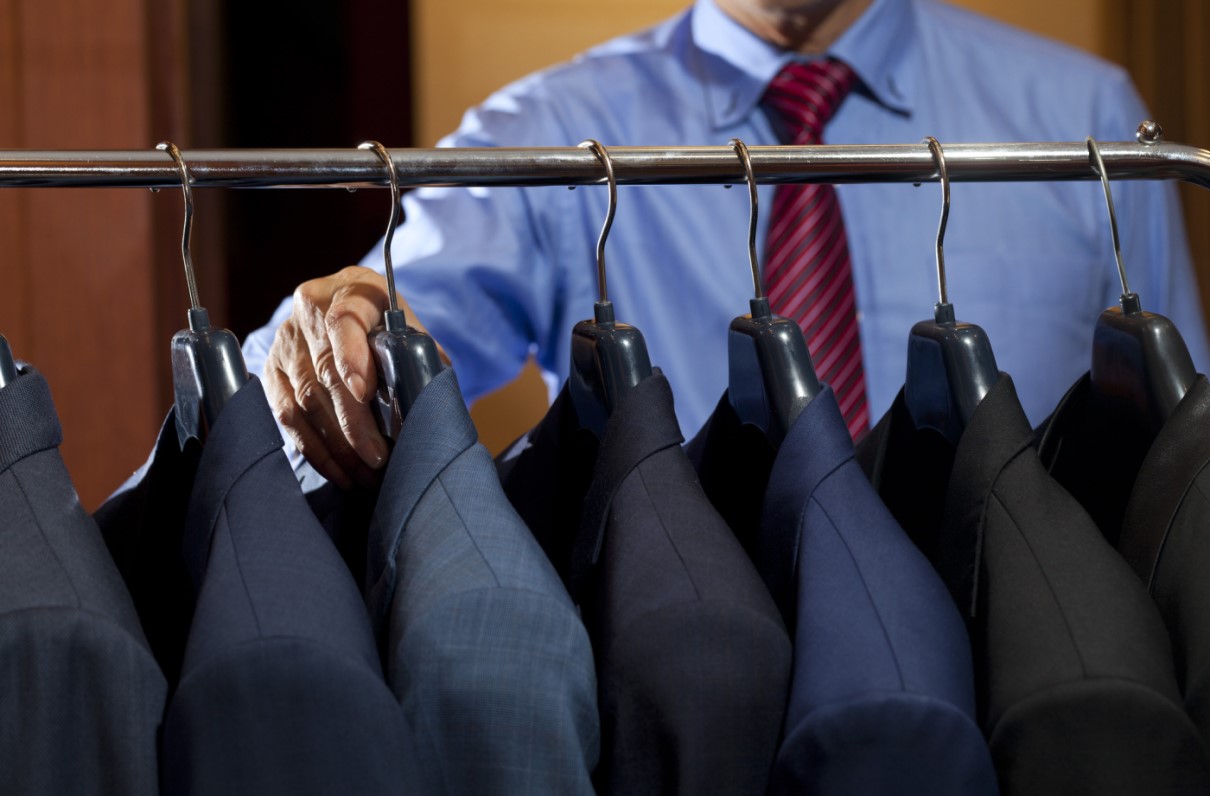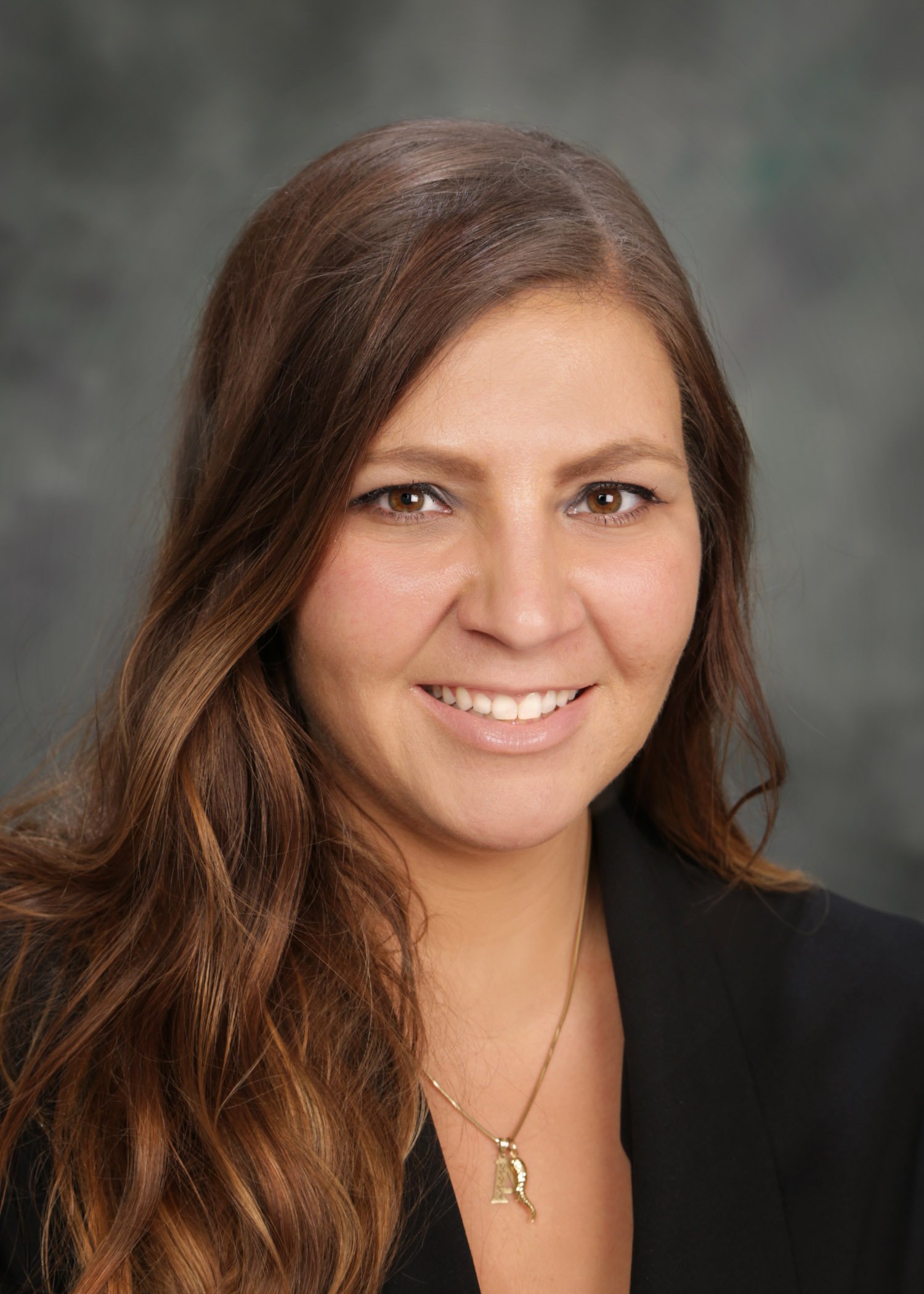Editor’s Note: This article is part of MOAA’s 2021 Transition Guide. A version of the guide appeared in the December 2020 issue of Military Officer magazine.
Preparing to work in a new office — or even setting up for video meetings with co-workers — can pose a challenge after spending years donning the same camouflage uniform. But don’t worry: Military Officer spoke with fashion experts to help you nail your job interview, set a stunning first impression, or raise your wardrobe game.
“If you can serve in the military, you can get your fashion right,” said fashion consultant Tim Gunn, former co-host of Project Runway. “This will be a piece of cake compared to everything else that you’ve been through.”
Q. What are the staples for a professional office?
Tim Gunn: Fitted blazer, collared shirt in white, dress pants. I always tell people in offices — especially if it’s a casual environment such as many technology companies — have a blazer on the back of your chair or door to your office in case the boss or a board member is coming in. You’ll look more presentable.
You’ll look as though you tried harder than everyone else, and you will appear to care because, in fact, you do.
Q. How should I dress for a virtual interview?
Stacy London, fashion consultant, former host of What Not to Wear: Something with color and pattern is always going to catch a little bit more attention. But do be careful. When you do accessories — whether it’s jewelry or glasses or a headband or anything like that — be careful that you don’t go overboard. Remember, when you’re on a virtual call and we can only see this much [waist-up] of you, anything too big is going to be distracting. Wearing things that are smaller — earrings or a smaller pendant necklace — will definitely help accent and outfit.
Bright colors work best for interviews, but not so bright that they’re distracting. … If you’re going to wear bright red or bright yellow or bright blue, it sometimes sends the wrong message.
If you’re like me and you talk with your hands all the time, maybe make sure you either have a manicure or your cuticles are cut. … I never used to think about that until I started doing more [virtual] calls. All of a sudden, you realize, “Oh no, my hands are super dry.”
Q. What are your recommendations for shoes?
SL: That’s super job specific. There are a lot of companies now where business-casual is still business, but sneakers are allowed. It is a question of whether or not one is comfortable enough for you and what’s appropriate in the workplace.
There are a lot of offices that still don’t [take] that kindly to open-toed shoes for women, but you have to read the room. Don’t overthink things because it’s going to feel too overwhelming. For females, if you have one great pair of flats, one great pair of sneakers, and maybe one closed-toe heel, that’s a great place to start. And with the guys, [with a] sneaker-shoe hybrid and a pair of dress shoes, you’re good to go.
TG: Heels are certainly not a requirement [for] women. I know tons of fashionable women who only wear flats when they’re running around. My
dear friend Heidi Klum, she’ll be sitting in a pair of heels and say, “My feet hurt and I’m not even moving.” So, you can look very polished and professional and be wearing a flat.
Q. Is there really a difference between a $100 suit and a $1,000 suit?
TG: If it’s a real suit that’s only $100, there will be a big difference. The quality of the textile will be minimal. Believe it or not, the number of stitches that put the garments together will be compromised. We’ll have buttons and buttonholes, even pockets, but they may not be real pockets.
I think it’s entirely unnecessary to spend $1,000 for suit. I have a wonderful men’s brand that I wear all the time, and the suits are between $500 and $600.
Q. What are your best tips?
TG: It’s very helpful to have a sales associate nearby to help you assess the fit, especially when you’re new to this. And this advice is rather provocative: Don’t shop with a friend. You don’t want someone metaphorically on your shoulder talking into your ear about, “Oh, you should try this on, this would look great.”
If it’s not moving you, if it’s not tugging at your heartstrings, forget it.
SL: Tailoring is essential. Not everybody is going to fit every piece of clothing correctly — even when you have the closest fit imaginable, even when you find the silhouettes that work best on you. I highly recommend finding a good tailor — and remember, it’s not expensive to hem. It gets expensive when you’re trying to reset the shoulder on a jacket.
You need things that have multi-use value. When you start buying things, have the basics. Make sure you have some solid colors in both tops and bottoms, and make sure you have some good jeans. As you add to your wardrobe, you’re going to start to do that very slowly.
Q. How can dressing for the day set a tone and change a person’s mindset?
TG: It has to do with how we are presenting ourselves to the world, and the most important aspect of that is to have the clothing that you’re wearing and the grooming that you’re engaged in make you feel strong and confident about what it is you are wearing. I find that when you exude that level of confidence and self-assurance, the world believes you no matter what you are wearing.
SL: Your wardrobe can reflect or protect. When you’re in a good mood and you put on something colorful or figure-flattering — you know you look good — it just reflects to the outside world, right? It’s like you got a kick in your step. You’re probably funnier, flirtier, all the things clothes are meant to do. But when you’re not feeling right, I would say you still want to choose that outfit because even if you don’t feel your best, the rest of the world won’t know that and it acts as armor, really like a shield, to protect you from whatever you’re feeling on the inside from the outside world.
Support The MOAA Foundation
Donate to help address emerging needs among currently serving and former uniformed servicemembers, retirees, and their families.

